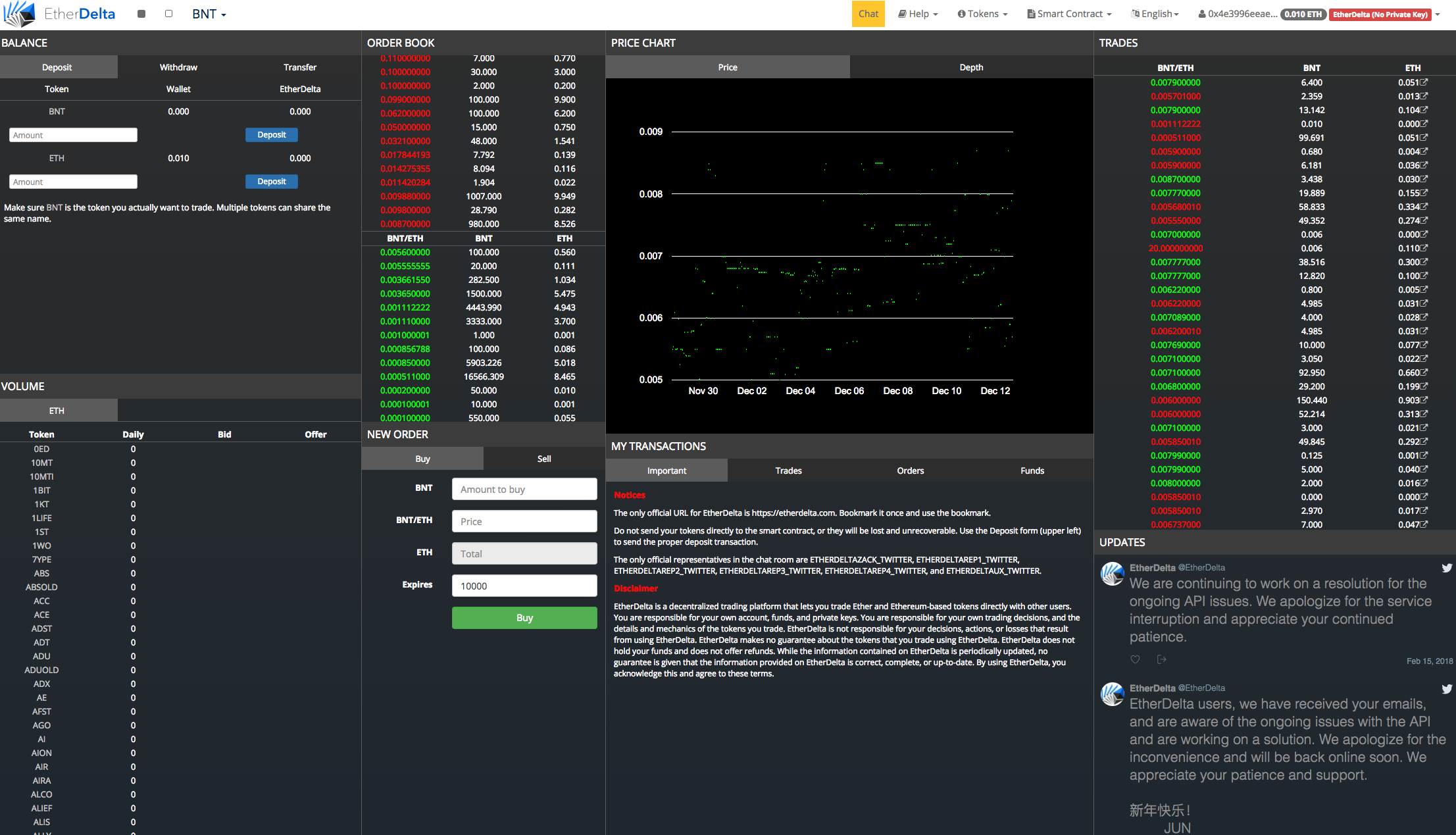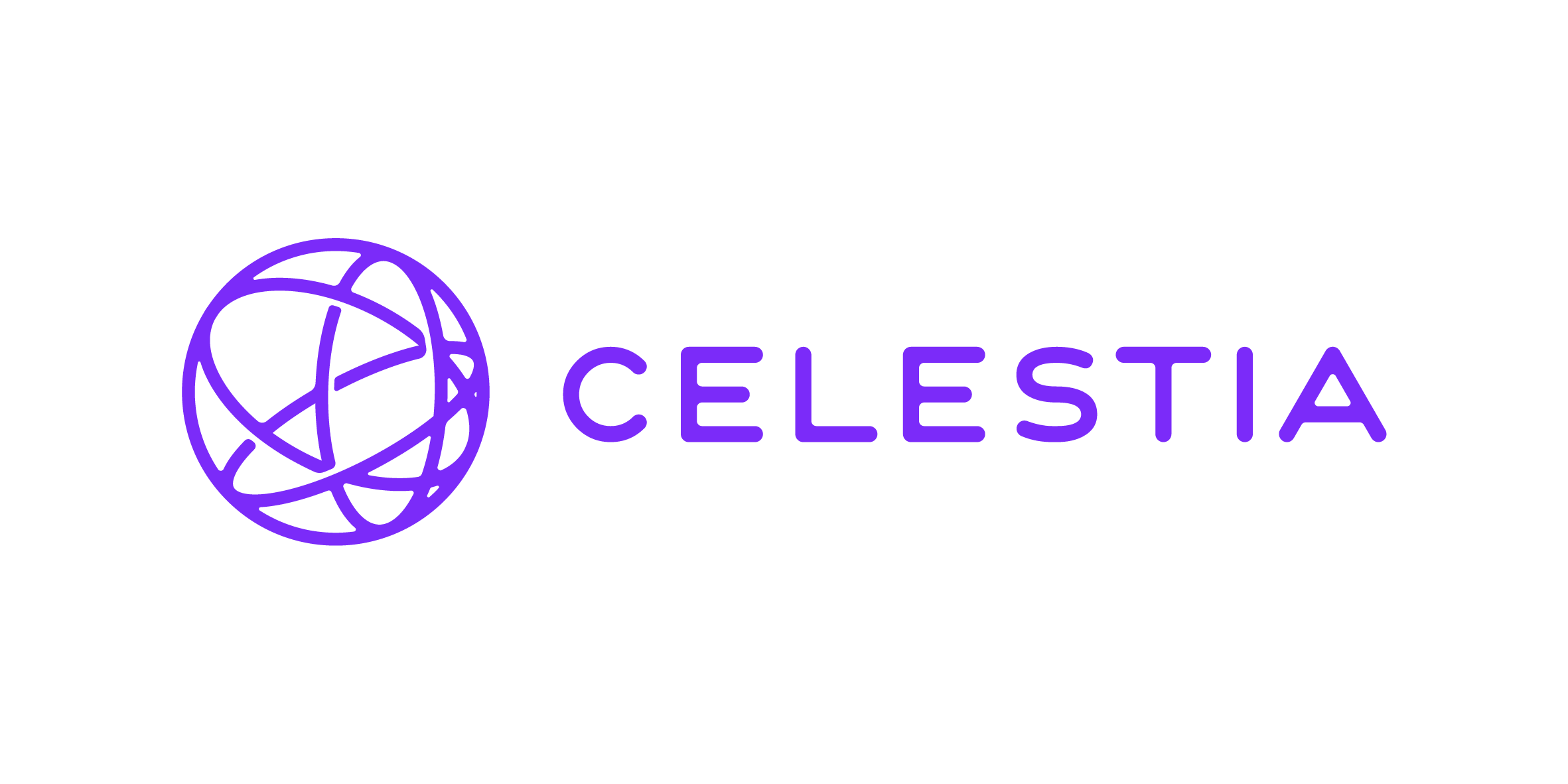the what, why, and how of Decentralized finance
Zissis Poulos
Credit to Andreas Park

A tumultuous 12 months
The NFT Boom


- "what is the real value proposition here? [...] probably nothing.”
- "[...] a lot of people have grown weary of cash-grab tactics.”
The NFT Boom & Crash


The Terra Implosion
UST Stablecoin
LUNA (cryptocurrency of the TERRA network)
A timeline
May 7: selling pressure on UST from Curve withdrawals
May 12: LUNA and UST at $0.01
June 27: Three Arrows Capital ordered to liquidate
June 12: Celsius Network suspends withdrawals
July 13: Celsius files for Chapter 11
July 6: Voyager Digital files for Chapter 11
July 4: Vault suspends withdrawals
Three Arrows Capital lost >60% of value and faces numerous margin calls that they did not react to
The Aftermath:
is crypto dead or dying?
Cryptomarket Crash

bitcoin

ETH
-70%
-60%
Consequences of the Crash?
Some Questions
- Are blockchains no longer used?
- Is crypto investing dead?
- What other effects does the crash have?

Are blockchains no longer used?
transactions on Ethereum flat


Is crypto-investing dead?
crypto market follows traditional market

Is crypto trading dead?
trading volume on exchanges lower but steady

Are markets dead?
no meaningful net outflows from exchanges
Other consequences?
- less hype will
- attract less new capital
- separate grain from chuff for projects
- lower distractions
- lower token prices
- make working in crypto less attractive
- make it harder for projects to pay people
Challenges
Proof of Work uses unsustainable amounts of energy

Source: Cambridge Bitcoin Energy Consumption Index https://cbeci.org/






Usage
| Network | DApps | Dollarvolume |
|---|---|---|
| Ethereum | 3,500 | $40-50B |
| Solana | 100 | $2.5B |
| Binance Smart Chain | 250 | $3B |
| Avalanche | 400 | <$.5B |
| EOS | 300 | <$100M |
| Algorand | 12 | <$20M |
Ethereum Challenge 1: Environment

- Carbon footprint of Switzerland
- Power consumption of Austria
| transactions per second | T per 12 hours (business day) | |
|---|---|---|
| Bitcoin | 7 | 302,400 |
| Ethereum | 30 | 1,296,000 |
| Algorand | 2000 | 86,400,000 |
| Conflux | 4000 | 172,800,000 |
| Athereum | 5000 | 216,000,000 |
| Payments Canada ACSS | 648 | 28,000,000 |
| US retail | 7639 | 330,000,000 |
| Canada number of equity trades | 46 | 2,000,000 |
| Orders on Canadian equity markets | 3588 | 155,000,000 |
-
Tweaks: lighting network (BTC) or side chains, SegWit, blocksize possible, but there are limits
-
microtransactions, IoT, and other smart contract use cases place very high demands
Ethereum Challenge 2: Throughput
Ethereum Challenge 2: Throughput

Source: Etherscan w re-scaling
Ethereum Challenge 3: State Size

Source: Ycharts
Major Ethereum Tech Upgrade: The Merge

scheduled date: September 13
Hacks, Thefts, and Exploits

Common Reasons: hacks, faulty code, tricking a protocol
Miner extractable value and High Priority Gas Auctions



5-minute version:
What is a blockchain?
blockchain=
an infrastructure for digital resource transfers


5-minute version:
What is Decentralized Finance?
decentralized finance =
provision of financial services without the necessary involvement of a traditional financial intermediary based on blockchain technology
Why should you care?
Verbal Overview: Origins of Financial Institutions
- Money
- Safekeeping
- Deposit certificates and lending
- Trade facilitation & finance

in practice: new financial infrastructure that will be a common resource

payments
stocks, bonds, and options
swaps, CDS, MBS, CDOs
insurance contracts


Application: decentralized trading














Application: Decentralized Lending















\(\vdots\)
dapp-linking, Defi-Legos and flash loans

Source: Harvey, Ramachandran, and Santoro (2020)

quick comparison
FinTech vs. Defi


FinTech
DeFi
- more user-friendly UX
- more customer-oriented
- less squeezing/rent-extraction
- more competive services
- more innovative services
- currently: horribly user-unfriendly
- "blowing up the banks"
- fundamental re-thinking of financial services
- lots of scams, cowboy-attitude towards laws
innovation vs. salesmanship
main focus
categories of finance
What do banks/financial institutions do?
disclaimer: an incomplete list
Bitcoin,
stablecoins, etc.

"higher layer"







lending
payments processing
financial
advice
trading
services
funding
services
prop trading to manage risks

too early, but projects are underway



as it turns out, these items are often directly related
what could defi do?
Five key problems in finance
Defi vs Legacy finance
interoperability
inefficiency
centralized control
limited access
opacity
interchange (=VISA) fees, settlement times, microtransactions, physical infrastructure
between-institution or transfers, reconciliation process, international remittances, various securities custody and trading systems
information for users, health of deposit taker, what-happens-behind-the-scenes, counterparty risk
local monopolies/switching costs, central banking, deposit concentration, control vs. competition
1.7B unbanked in the world, 24M in the US, many services or products not available based on location etc, lack of SME support, inability to collateralize

Source: Wendy Rotenberg's Payments lecture
why blockchain?
a common resource








e-transfer
Wire
deposit based retail
CDS
Securities Trading
derivatives
swaps
property registry
interoperability
inefficiency
centralized control
limited access
opacity
siloed legacy system
is interoperable by design
reduces frictions and separates service from "commodity"
decentralized control and common operation
fewer barriers\(\to\) broad access
is/can be highly transparent
common infrastructure system
Future of Crypto: Regulators
Most relevant case for FIs: Tornado Cash

- Raises many questions
- Privacy?
- Culpability for code?
- OFAC sanctions for miners or validators for processing TC transactions?
- Compliance guidance/obligations for apps?
- Rules for FIs that offer blockchain services?
- Note: there are third-party risk mitigation providers (e.g., Chainalysis)
- Stablecoins
- create certainty and safeguard for the redemption process and disclosure for fiat-backed stablecoins to avoid spillovers
- NFTs
- create legal framework to link ownership of items to NFTs
- Capital raising
- create certainty for capital raising activities for items that are available to public by default
- Decentralized Autonomous Organizations
- define rules around DAOs
-
Tokenization
- develop a framework that allows issuers to tokenize their existing securities
Need for Regulation
- Tax regime
- create a reasonable tax regime for crypto-asset users (as opposed to investors)
- Digital economy
- adapt regulatory processes to the digital economy
- Privacy rights and limitations
- create a framework to provide users with certainty on their rights to protect their privacy
Future of Crypto: Tech
Monolithic Blockchains
Consensus
Data Availability
Data Availability
Execution
Settlement

Modular Blockchains
Consensus
Data Availability
Execution
Settlement

Merge





Thank You!
Huawei STW Talk
By zpoulos
Huawei STW Talk
This is the slide deck that I use for a quick introduction to the Decentralized Finance class.
- 1,416



